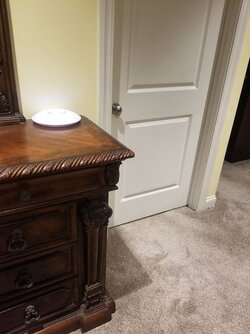Ubiquiti passed the test of 100% stability over the weekend. It is rock solid. Question: Where do you go to create a guest password / network for guests on Ubiquiti?
You are using a UniFi access point, which is a Ubiquiti product. I keep highlighting this as Ubiquiti has other product lines as well...and, for example, while the UniFi and Edgerouter series will work together, you need two different controllers as they are different product lines.
If you have a UniFi router (USG, USG Pro, Dream Machine, Dream Machine Pro ... they are also working on a new router series too...forgot the name) and a UniFi switching product then setting up a guest network within the controller software (UniFi Network Application) is trivial...and there are many online guides on how to do this.
If you do not have a UniFi router and switch:
- Make sure that any switches you have can pass VLAN traffic...these are usually "managed" or "semi-managed" switches
- Create a separate VLAN for a guest network with the appropriate firewall rules
- You will need to know the VLAN ID for both your main network and the guest VLAN
- Ensure that the switch port the UniFi access point is connected to passes both the main and guest VLAN IDs
- Ensure the access point has a wired connection back to the router which is managing the VLANS (through 1 or more switches is OK)
- Go into the setup page for the access point, and create a new SSID and attach the guest VLAN ID to the new SSID

